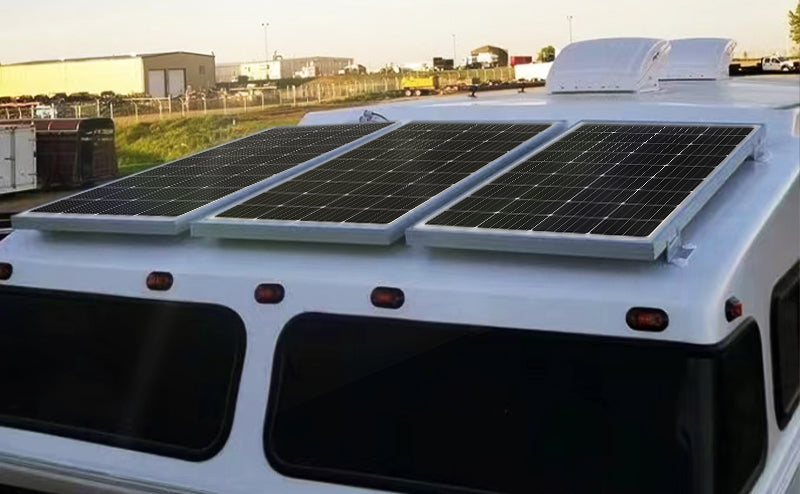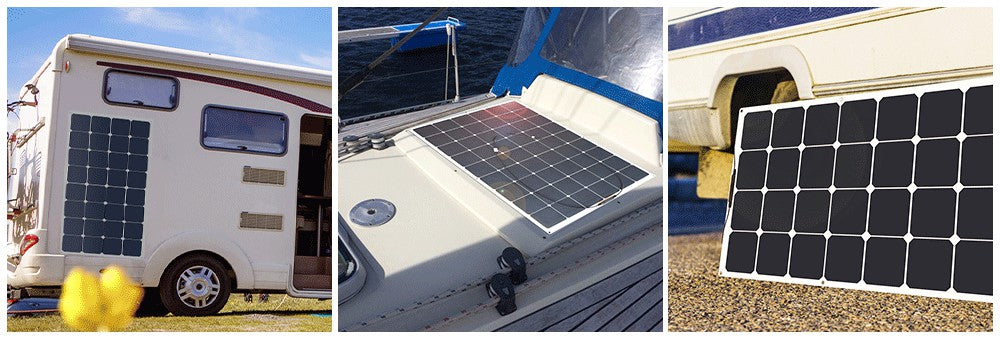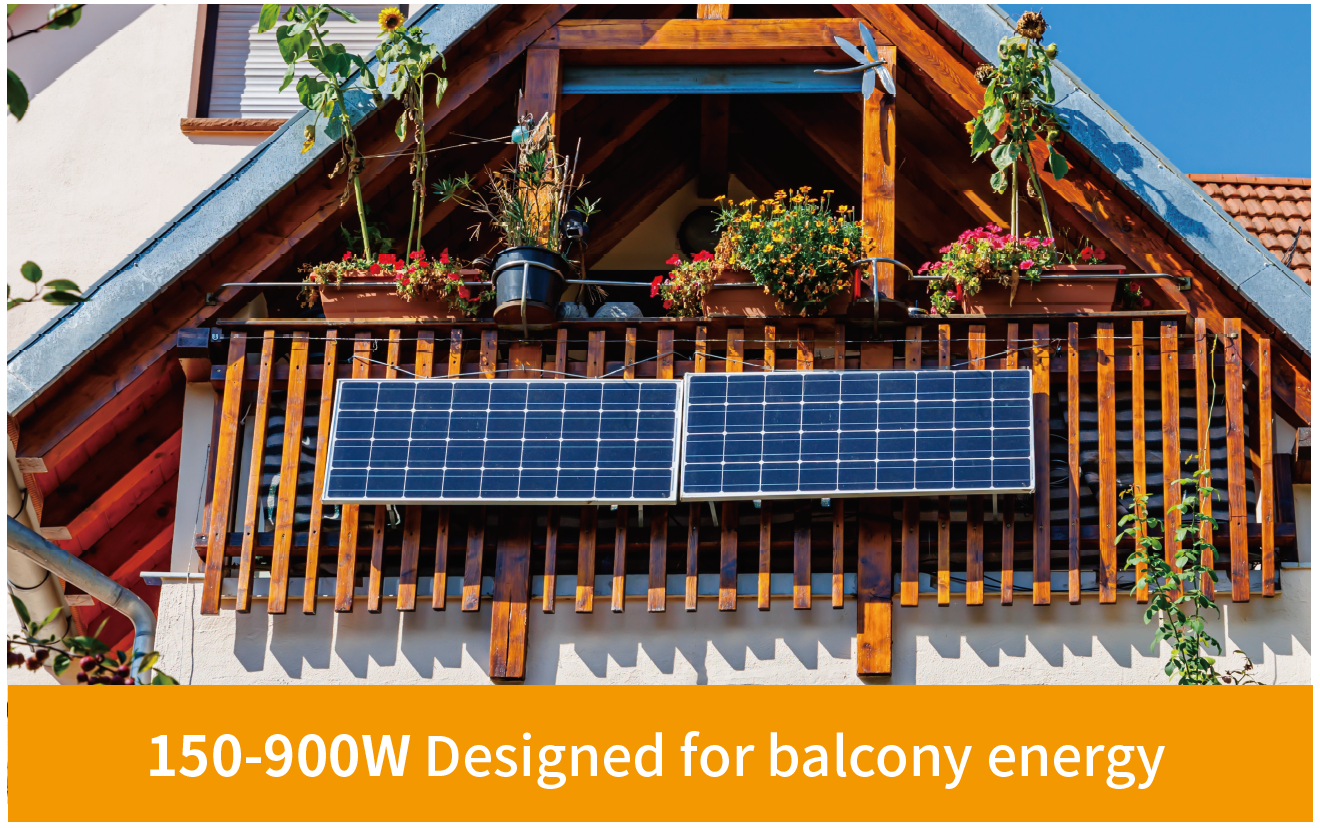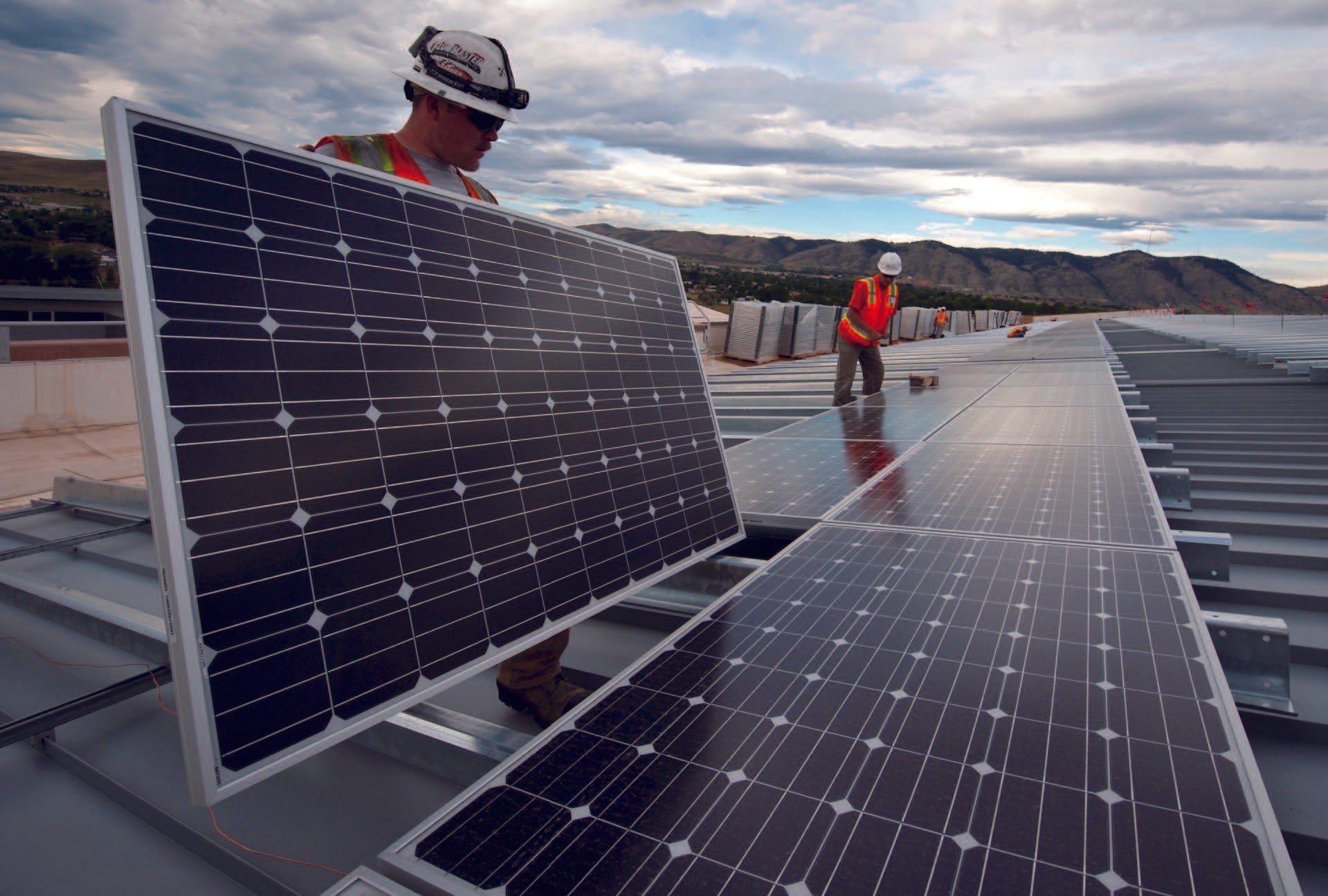One of the biggest joys of RVing is the ability to hit the road and go where you please. However, that independence can also mean a reliance on outside sources for power. While this probably doesn’t take a second thought at your favorite campground, when you’re boondocking, or in another location without access to power, it can be a challenge. That’s where solar power can come in.
With the wide adoption of solar in Europe, North American and Asia-Pacific area, the price of solar modules has declined too much in as many years. This has made the adoption of adding solar panels to the roof of an RV very affordable and a maintenance-free option to traditional generators.
Solar panels are available in a range of sizes from as small as 60 watts output to over 360 watts with the only limitation for RVs being how much real estate or roof area is available to mount the panels. For those with little or no roof space, or where the RV will be parked under trees, there are also portable solar panels available that can be easily setup and moved around your site to make the most of sun’s energy.
Determining how much solar is required will depend on what your power usage is and how much battery capacity is available. For those of you who simply would like to run a few lights and a water pump, a 140-160 watt solar panel paired with a good battery in the 60-80 Ah range should be sufficient.
For those who require all the comforts of home while in the great outdoors (i.e. the desire to run A/C operated appliances with an inverter that converts DC battery power to A/C house power) a larger battery bank in the 150 – 300 Ah range may be required and possibly 1 or 2 solar panels with total output of 170 – 300 watts.
No matter how large or small the solar system, the basic components remain the same. You will require a solar charge controller to regulate the power sent from the solar panel to the batteries. These devices are designed to ensure you don’t over-charge the batteries and will prevent your batteries from back-feeding power to the solar panel during periods of low or no light. Charge controllers must be sized to exceed the maximum amperage and voltage output of the solar panel.
In terms of your battery bank, we usually aim for a 12-volt system. The only limitations for this capacity are the space and weight restrictions that come along with it. Increased battery bank capacities can be achieved by connecting multiple 12-volt batteries in parallel or by connecting 6-volt batteries in series. Generally speaking, a high quality, maintenance-free, LiFeO4 and deep cycle battery is recommended in these types of RV applications.
You will also require proper sized cables to connect the solar panel to your charge controllers and your charge controller to your batteries. These are typically 12- or 14-gauge cables and purchased with the solar panels.
RV solar systems can be pieced together by choosing individual components that meet your power requirements. However, it is more common to purchase a complete RV solar kit that include all the required components including mounting hardware and cables. These can be purchases from RV parts stores, RV dealers that also offer professional installation, or company like Solarparts.
To learn more about photovoltaic power generation, please follow SOLARPARTS official website:
Twitter: Solarparts Instagram: Solarparts
Tumblr: Solarparts Pinterest: Solarparts
Facebook: Shenzhen Solarparts Inc
Email address: Philip@isolarparts.com
Homepage: www.isolarparts.com




